Effective team and routine management are important for safety, efficiency, and optimal performance in aviation. Pilots, along with their crew, are at the forefront, and their tasks and responsibilities extend to a lot of areas.
In this article, we will discuss team and routine management in aviation, highlighting the strategies, challenges, and best practices that pilots employ to maintain a well-oiled flying machine.
The Importance of Team Management in Aviation
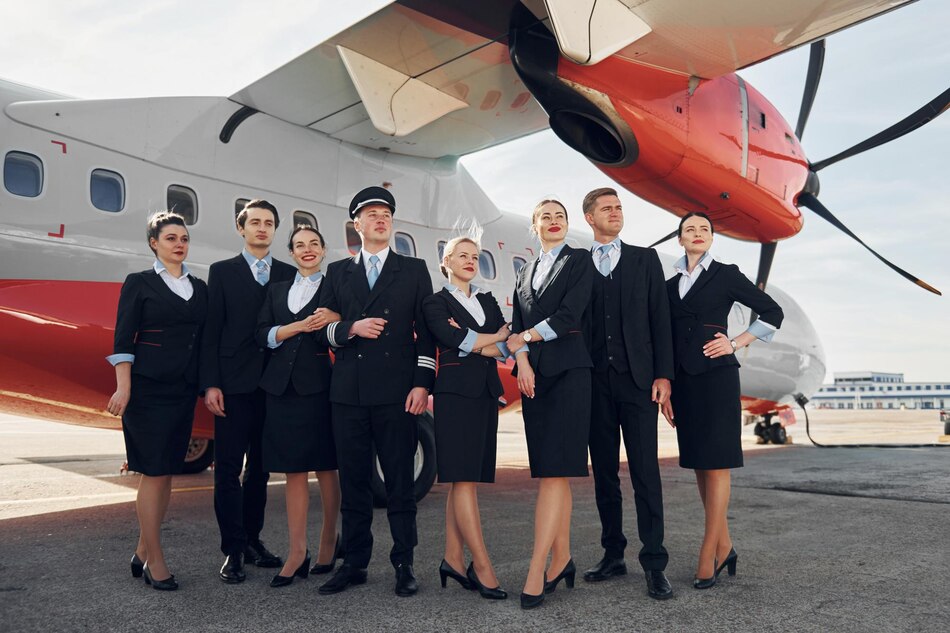
In aviation, team management is not just about leading a group of individuals; it’s about promoting a cohesive unit that operates with a shared sense of purpose and trust. Pilots, co-pilots, flight attendants, air traffic controllers, and ground crew must work in harmony to ensure the safety and comfort of passengers. Effective communication, clear role definition, and mutual respect are the pillars of successful team management in this context.
- Communication: Clear and concise communication is the lifeblood of aviation team management. Pilots must ensure that instructions are delivered clearly, whether it’s to the co-pilot, cabin crew, or ground personnel. This includes using standardized aviation language and protocols to avoid misunderstandings.
- Role Definition: Each team member has a specific role to play, and understanding these roles is important for smooth operations. Pilots must be aware of the responsibilities of their co-pilots, flight attendants, and ground crew to effectively coordinate actions and respond to any situation.
- Mutual Respect: Trust and respect are essential in an environment where lives are at stake. Pilots must lead by example, showing respect for the expertise and contributions of each team member. This promotes a positive working environment and ensures that everyone is committed to the common goal of a safe and successful flight.
Routine Management: The Key to Consistency and Safety
Routine management is about establishing and adhering to standard operating procedures (SOPs) that ensure consistency and safety in every aspect of flight operations. From pre-flight checks to post-flight debriefs, pilots rely on routines to maintain order and predictability in an inherently unpredictable environment.
Pre-Flight Checks
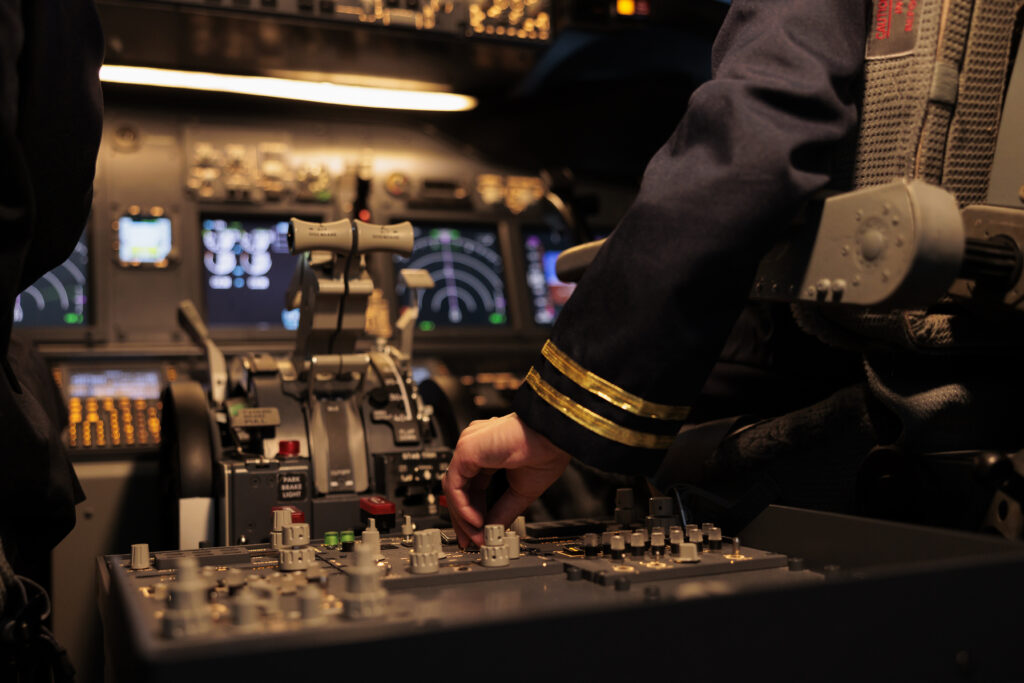
Aircrew member using control panel command on dashboard navigation to fly ariplane in cockpit. Female airliner flying plane in cabin with power engine and switch lever. Close up.
Every flight begins with a thorough pre-flight check, where pilots review the aircraft’s systems, weather conditions, flight plan and any potential hazards. This routine ensures that the aircraft is in optimal condition for flight and that the crew is prepared for the journey ahead.
In-Flight Procedures
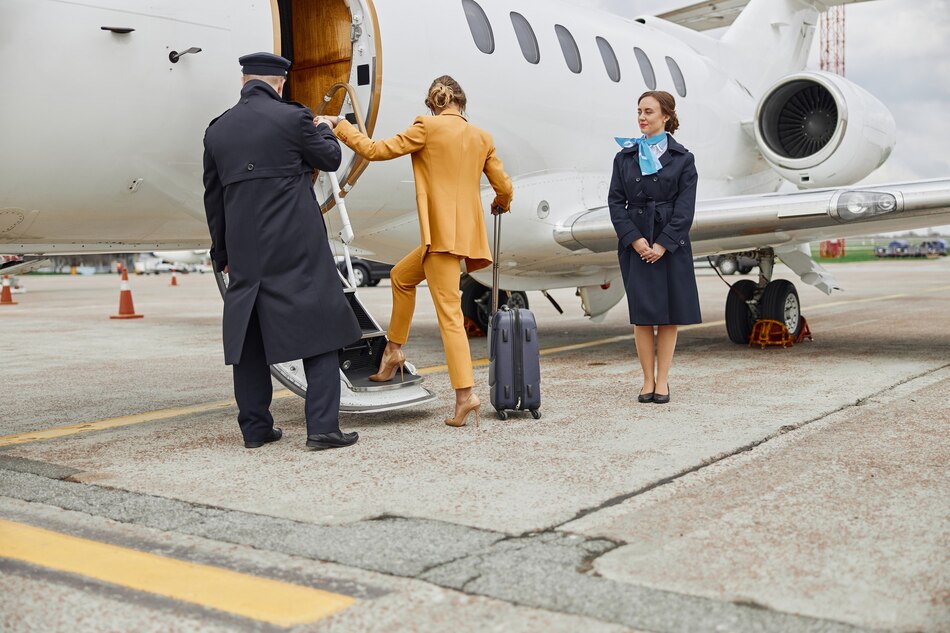
During the flight, pilots adhere to established procedures for navigation, communication, and aircraft handling. These routines are designed to minimise errors and ensure a smooth, safe flight. Regular monitoring of systems, adherence to air traffic control instructions, and effective cockpit resource management are all part of this routine.
Emergency Protocols
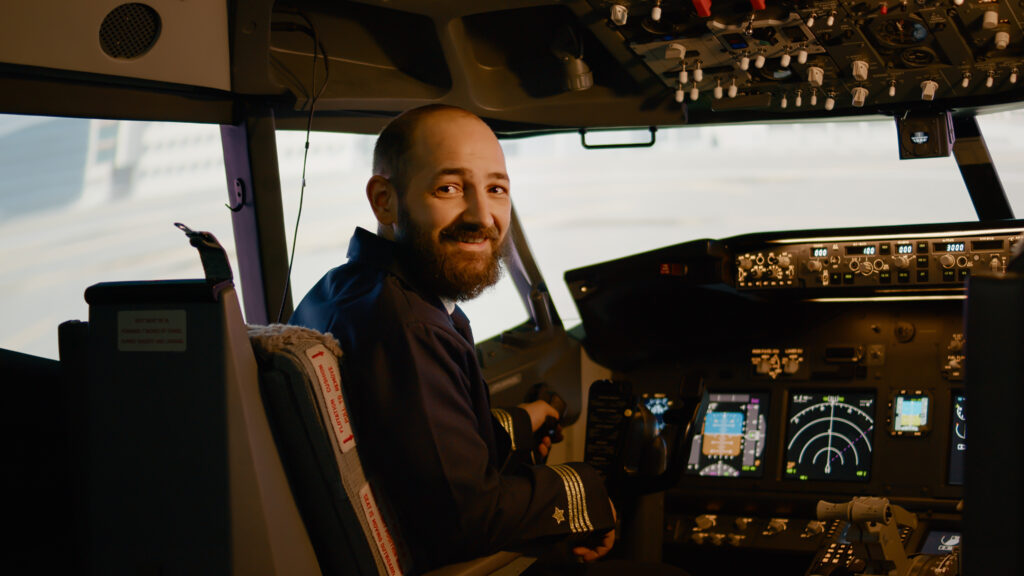
Portrait of an airplane captain preparing to fly an aircraft in the cockpit using a control panel dashboard with switches and buttons. Aviator pilot flying plane with power command, navigation.
While pilots hope never to use them, emergency protocols are a critical part of routine management. Regular training and drills ensure that the crew is prepared to handle unexpected situations, from technical malfunctions to medical emergencies.
Post-Flight Debriefs
After landing, pilots conduct post-flight debriefs to review the flight, identify any issues, and discuss improvements. This routine promotes continuous learning and improvement, ensuring that each flight is an opportunity to enhance safety and efficiency.
Challenges in Team and Routine Management
Managing a team and maintaining routines in aviation has its challenges. The dynamic nature of the aviation environment, cultural differences within international crews, and the ever-present pressure of safety can strain even the most well-oiled teams and routines.
Adapting to Change
Aviation is an ever-evolving field, with new technologies, regulations, and procedures constantly emerging. Pilots must be adept at adapting to these changes, making sure that their teams are trained and their routines are updated to reflect the latest best practices.
Cultural Sensitivity
In the aviation industry, crews often comprise individuals from diverse cultural backgrounds. Pilots must navigate these differences, ensuring that communication is clear and that cultural sensitivities are respected.
Managing Stress
The responsibility for the safety of passengers and crew can be stressful. Pilots must manage their stress and support their team members to maintain focus and performance under pressure.
Best Practices for Effective Team and Routine Management
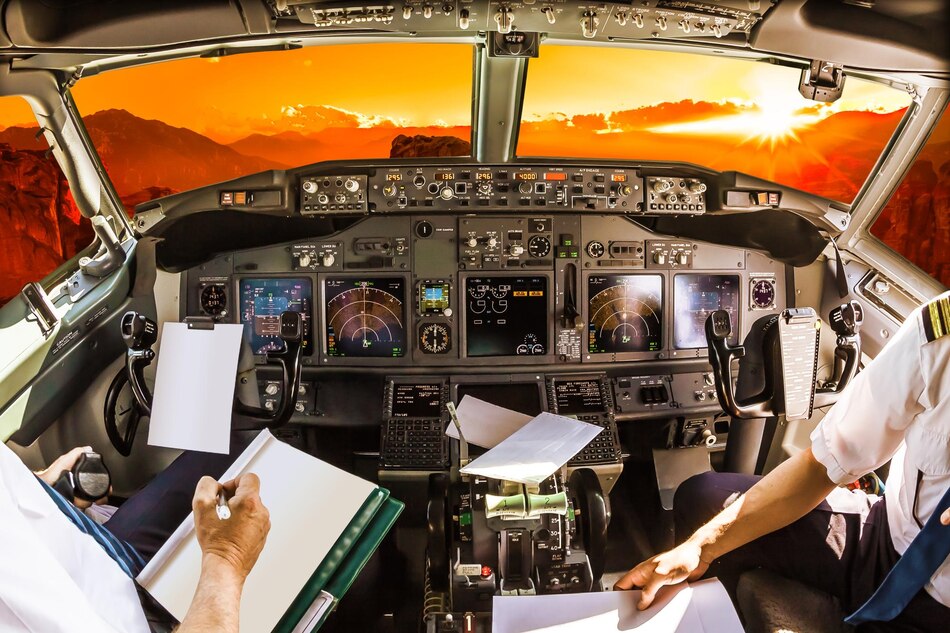
To overcome these challenges and ensure effective team and routine management, pilots can adopt several best practices:
- Continuous Training: Regular training sessions keep the team updated on the latest procedures and technologies. They also provide an opportunity to practice emergency protocols and strengthen team cohesion.
- Open Communication: Encouraging open and honest communication within the team helps to identify and address issues before they become problems. Regular team meetings and feedback sessions can facilitate this dialogue.
- Leadership Development: Investing in leadership development for pilots and other key team members ensures that they have the skills to manage teams effectively, make informed decisions, and inspire confidence in their crew.
- Standardisation: Adhering to standardised procedures and protocols reduces the likelihood of errors and ensures consistency in operations. Regular audits and checks can help maintain these standards.
- Resilience Building: Promoting resilience within the team helps individuals cope with stress and adapt to changes. This can be achieved through stress management training, team-building activities, and providing support resources.
Closing Thoughts
Team and routine management are critical components of aviation that require meticulous attention and continuous improvement. By prioritising communication, role clarity, adherence to procedures, and leadership development, pilots can lead their teams to achieve the ultimate goal of safe and efficient flight operations.
FAQs
How do pilots ensure effective teamwork during long-haul flights?
During long-haul flights, pilots ensure effective teamwork by rotating crew members to prevent fatigue, maintaining open communication channels, and regularly checking in with each other to address any concerns or issues.
What role does technology play in routine management for pilots?
Technology plays a crucial role in routine management by providing pilots with advanced navigation systems, real-time weather updates, and automated checklists, which enhance safety and efficiency in flight operations.
How do pilots handle unexpected changes in weather during a flight?
Pilots handle unexpected changes in weather by closely monitoring weather radar, communicating with air traffic control for route adjustments and following established protocols to ensure a safe and smooth flight.
What measures are taken to maintain clear communication between pilots and air traffic control?
To maintain clear communication, pilots and air traffic control use standardised phraseology, repeat critical information for confirmation, and ensure that all communications are concise and unambiguous.
How do pilots manage fatigue during long flights?
Pilots manage fatigue by adhering to regulated rest periods before flights, utilising controlled rest strategies in the cockpit, and maintaining a healthy lifestyle that promotes good sleep habits.
What are the challenges of managing a multicultural flight crew?
Managing a multicultural flight crew involves navigating language barriers, cultural differences in communication styles, and varying approaches to hierarchy and authority, which require sensitivity and adaptability from the pilot.
How do pilots stay updated with the latest safety protocols and regulations?
Pilots stay updated with the latest safety protocols and regulations by participating in regular training sessions, attending industry conferences and workshops, and subscribing to aviation safety publications and bulletins.
